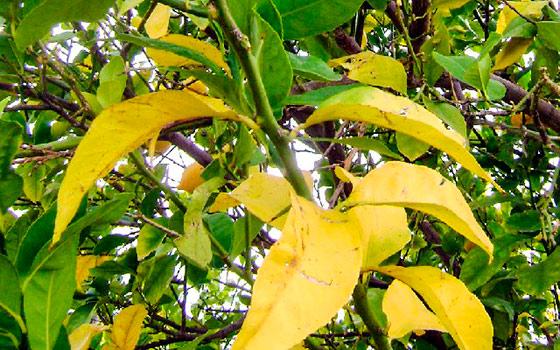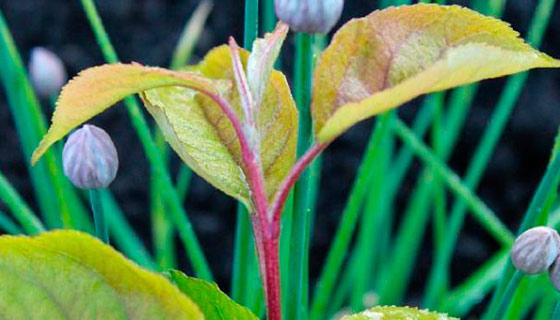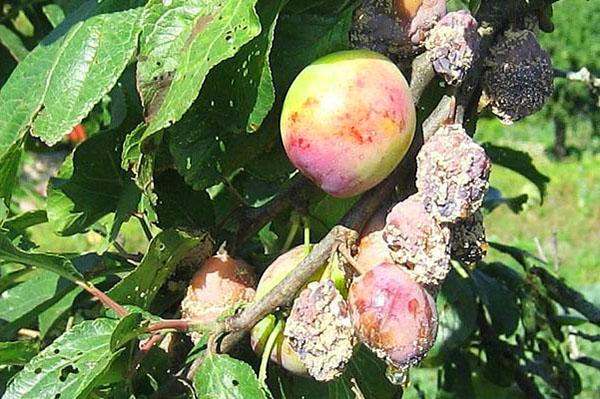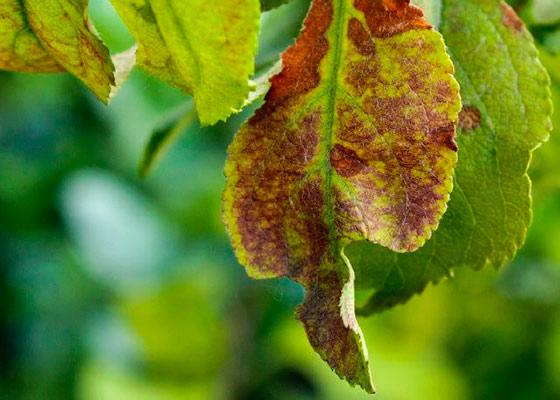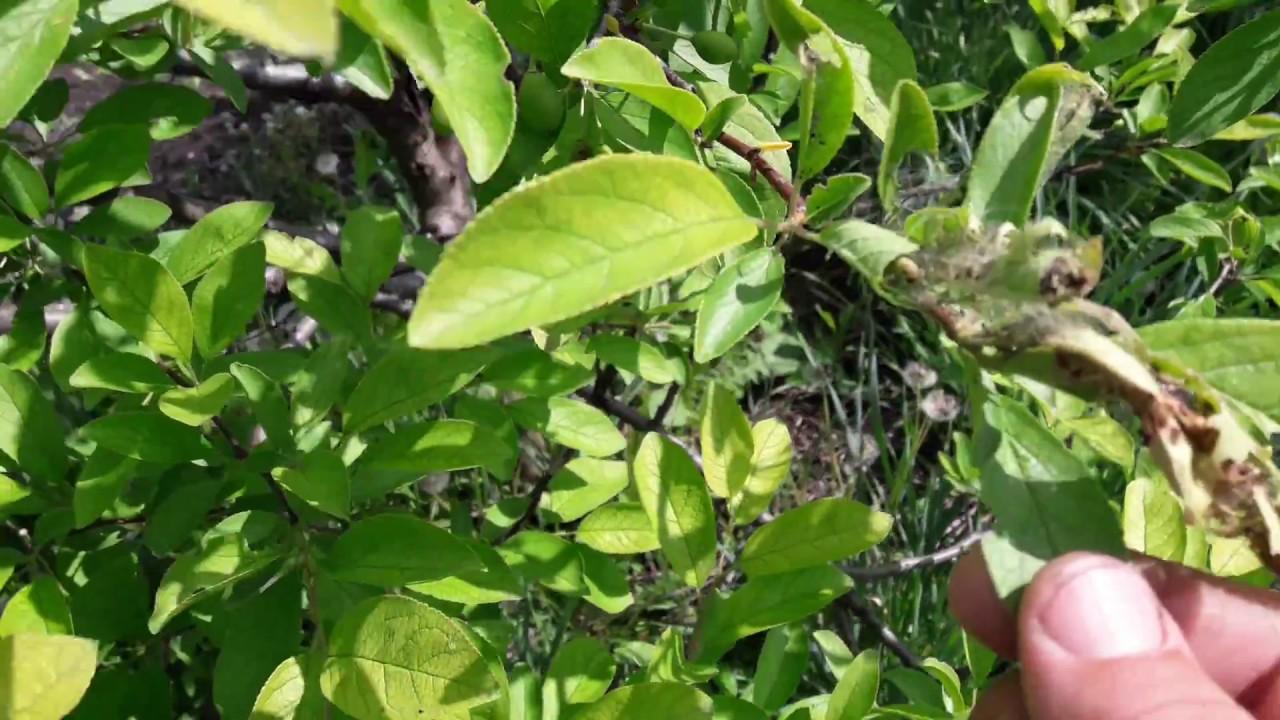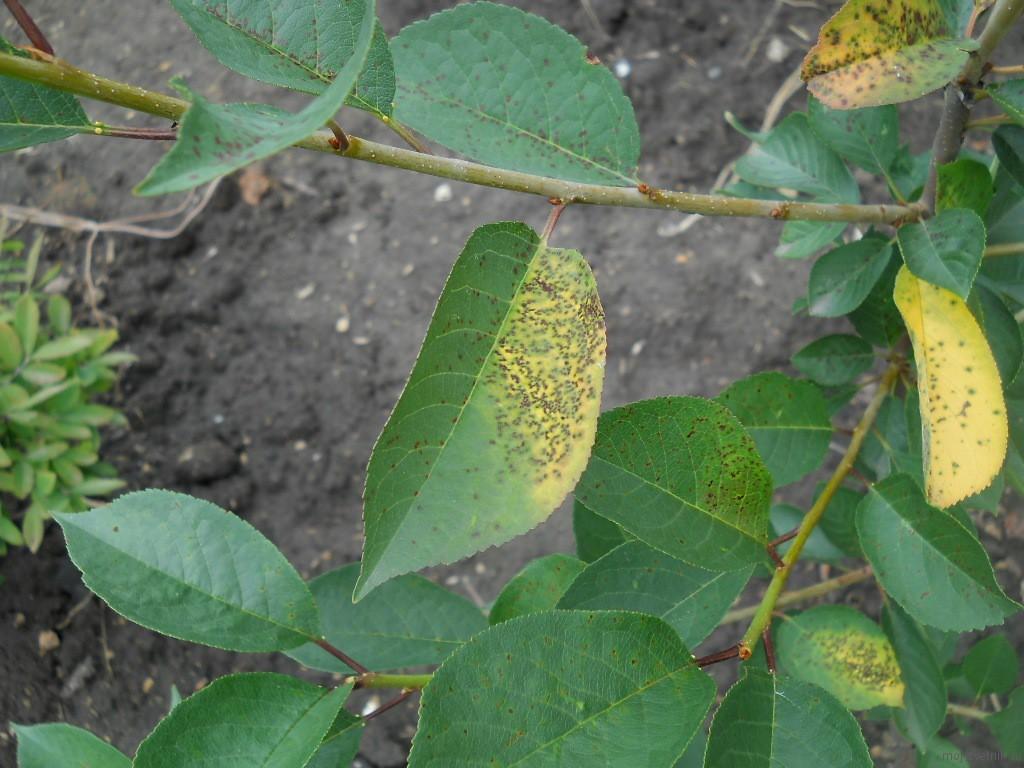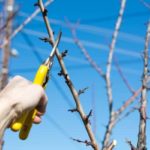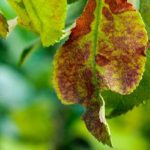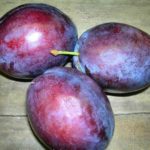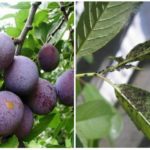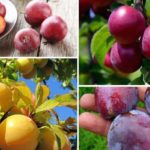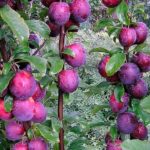Even the most unpretentious garden trees are affected by pests and diseases. This is why gardeners often wonder why the leaves of the fruit plum turn yellow and fall off. Further actions completely depend on the reason that caused this state of the plant. Perhaps he simply lacks vitamins. But sometimes yellowing and premature falling off of the green mass indicates more serious problems.
Why do plum leaves turn yellow and fall off?
Experts identify several reasons why plum leaves first turn yellow and then begin to fall off. Some of them are caused by errors in care and agricultural practices, while others are a consequence of exposure to pathogens and pests.
Wrong landing site
If the color of the green mass of plums changes, and it begins to fall from the top, then this indicates that the groundwater level is close. Even if this factor was taken into account during planting, over time the roots go very deep and become waterlogged.
The problem is solved by replanting the tree, building a hill, or draining the soil.
Similar symptoms in plums are caused by constant flooding of the garden with melted spring waters or prolonged rains. In this case, only transplantation can save the seedling. Leaves can also turn yellow and wither due to lack of light. The plum tree should not be shaded by large trees or nearby buildings.
Lack of moisture
During prolonged drought, an adult plum requires adding up to 8 buckets of water to the soil every 10 days. A young tree needs 3 buckets. If less moisture is supplied or irrigation is carried out less than once every 10 days, then the plant’s leaves first turn yellow, and then it begins to shed them.
Frozen branches
If, as a result of lower temperatures, the branches of the plum tree freeze, they should be removed. To avoid annoying troubles, you need to carefully prepare the tree for winter, and also not remove the covering material early.
Deficiency or excess of nutrients
Nutrient deficiency manifests itself in the fact that the foliage on the plum tree begins to turn yellow at the bottom. A little later, young branches suffer. Lack of nitrogen affects the condition of the leaves.They first turn pale and then turn yellow. The growth of the tree stops or slows down.
When there is an excess of nitrogen in the soil, the green mass grows quickly, has a dark color, and the size of the plate is very large.
On sandy loam or sandy soil, plums often lack magnesium. As a result, the foliage becomes covered with red or yellow spots, then curls and dies. With a lack of phosphorus, not only the yellowed leaf falls off, but also the formed ovary and unripe fruit.
A yellow border around the leaf blade, which eventually spreads over its entire area, signals a potassium deficiency. If the type of starvation is diagnosed in time, it can be easily eliminated by introducing the necessary fertilizing into the soil.
Problems related to the root system
Plum does not tolerate sudden temperature fluctuations. If you open the roots at the first warming, the chance of them freezing increases greatly. As a result, the tree does not receive the required amount of nutrients and slowly dies.
You can save it with fertilizers and fertilizing, which significantly increase the plant’s chance of survival.
Diseases and pests
Yellowing of leaves on a plum tree often signals the negative impact of pests or diseases. It would be better to carry out preventive measures in a timely manner, but in emergency cases the tree must be treated urgently.
Verticillium
A dangerous fungal disease, as a result of which the mycelium clogs the plum tubules through which juice and nutrients move. Spores enter the tree through a damaged root system. The leaves curl and turn yellow. At the initial stage, you can save the plant by treating it with Previkur or Topsin-M.
If signs of the disease appear only in the upper part of the plum, then the fungus has already infected the entire trunk, so it will have to be cut down and burned, and the soil treated with antifungal drugs.
Moniliosis
Another type of fungal disease that spreads through the pistils on flowers; over time, the leaves on the plum tree wither and the branches are affected. The peak of disease activity occurs during periods of low temperatures and cold winds. If the flowers turn black, you must urgently treat the plum with Horus. It is recommended to carry out preventive antifungal treatments to prevent the occurrence of moniliosis.
Coccomycosis
This fungal disease most often affects branches and leaves, but sometimes gardeners wonder why the plum tree dried up along with the fruits? The first sign of infection is the appearance of red-brown spots, which over time spread over the entire area of the leaf blade. In severe cases, red fungal spores are visible in cracks in the plum bark.
You can cope with the disease by treating the garden with copper sulfate and Bordeaux mixture. Spray not only the affected tree, but also the ground around it.
Chlorosis
A sign of this disease is that the leaves on the plum tree turn yellow and fall off already in June. The process starts from the top. Over time, the disease spreads to the lower part of the tree. It is recommended to combat the disease by spraying the plant with iron sulfate or the drug Antichlorosin. To feed the plum, use the “Hilat” product.
Plum aphid
The attack of small aphids provokes curling and yellowing of leaves on the plum tree. Insects spread very quickly and are difficult to control.They settle on the back side of the leaf plate, causing deformation of the edges. It is recommended to cut and burn the damaged parts of the tree, and then spray it with infusion of chamomile, garlic or a soap-mustard solution. In the spring, preventive treatments with Inta-Vir, Iskra or Decis help.
What to do if the leaves turn yellow
For a young plum tree, the proximity of groundwater is not scary, but over time its root system grows and suffers from waterlogging. During this period, the leaves begin to turn yellow and fall off. By mid-summer, the groundwater recedes and the tree recovers, but such changes greatly weaken it. As a result, after a few years the plant dies. Only a transplant to another place will help save him.
In the spring, when the snow melts, or in the summer during periods of heavy rainfall, the leaves of the plum tree also turn yellow. If the situation repeats itself every year, then only replanting the tree to higher ground will help. Isolated cases do not pose a great danger, and the plum is restored on its own. To help her with this, it is necessary to add complex mineral fertilizer with a high nitrogen content to the tree trunk circle. Spraying with Epin promotes the rapid growth of young shoots.
If the cause of yellowing of the leaves turns out to be freezing, then the plum tree will recover only after a few years.
Dried branches must be removed regularly. In dry summer conditions, up to 8 buckets of water are required under the tree every 10 days. In the case where none of the listed reasons occurs, you will need to do a soil analysis and determine reliably what components the plum tree lacks for normal development.
Preventive actions
In order to promptly prevent the yellowing and falling of plum leaves, it is necessary to know exactly the reason that entails such negative consequences. It could be:
- close location of the groundwater level to the soil surface;
- flooding of the garden plot with melt or rain water;
- heavy clay soil with a high lime content;
- shading of the sun by tall spreading trees.
It is advisable to take these factors into account when planting plum trees and try to neutralize them. Otherwise, it often happens that the plum and its fruits dry up. If yellowing of the foliage is caused by exposure to pathogenic bacteria, then the gardener needs to select preparations for preventive treatment in advance and spray the tree at the right time.
If calcareous soil predominates in the area, the drain does not absorb iron even if its content is sufficient. It will be necessary to acidify the soil. In the spring, ammonium nitrate is added to it, and in the fall, ammonium sulfate or potassium sulfate is added. The crown is sprayed with the drug “Antichlorosis” or “Ferovit”.

